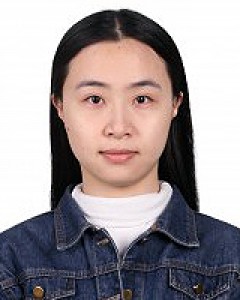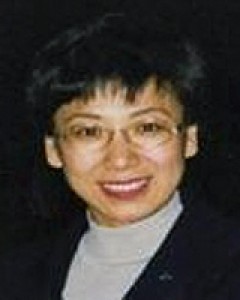Now published, see the full article 
Early Abstract:
Introduction: Health, as a fundamental human right, its fairness and equality have gradually been reiterated and emphasized by the world. The inequality in health workforce distribution is common in China and many other developing countries. However, it is unknown whether the economic conditions and insufficient supply of village physicians of rural areas worsens an inequality. This paper aimed to explore and discuss the inequality in health workforce in rural China.
Methods: Inequality in health workforce distribution of rural China as well as trends of village physician-to-population ratios from 2009 to 2016 were measured by the Lorenz Curve/Gini Coefficient and Theil L Index, and compared between the four divisions, which were the East, the Central, the West, and the Northeast.
Results: The Gini coefficient of village physicians compared with population from 2009 (0.062) to 2016 (0.038) showed absolute equalityin rural China. In contrast, the Thiel L index from 2009 (0.380) to 2016 (0.347) showed less equality. The decomposition of Thiel L index implicated the inequalities within the divisions, which contributed about 85% to the total Theil L index. And the Eastern division’s Theil L index was highest compared with other divisions.
Conclusions: Chinese village physician distribution is generally equitable. But there are obvious inequalities existing with the divisions. To achieve a more equitable distribution of health workforce in rural China, the cultivation and retention of village physicians needs to keep pace with the increase in health service demand among rural residents. In addition, government should pay more attention to the inequality in village physician distribution between different regions, as well as within a region.


